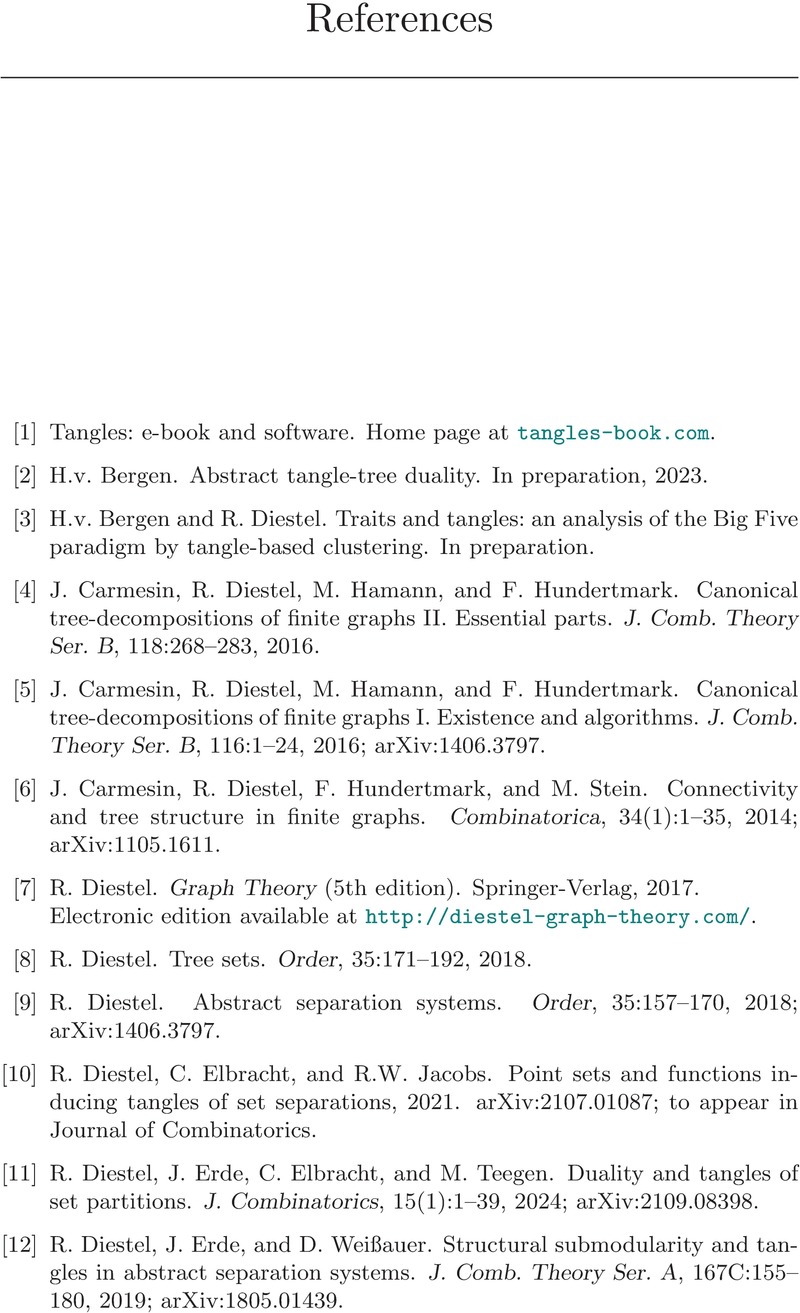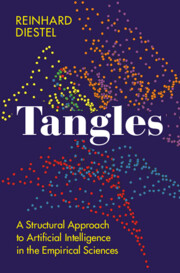References
Published online by Cambridge University Press: 16 May 2024
Summary

- Type
- Chapter
- Information
- TanglesA Structural Approach to Artificial Intelligence in the Empirical Sciences, pp. 273 - 276Publisher: Cambridge University PressPrint publication year: 2024



